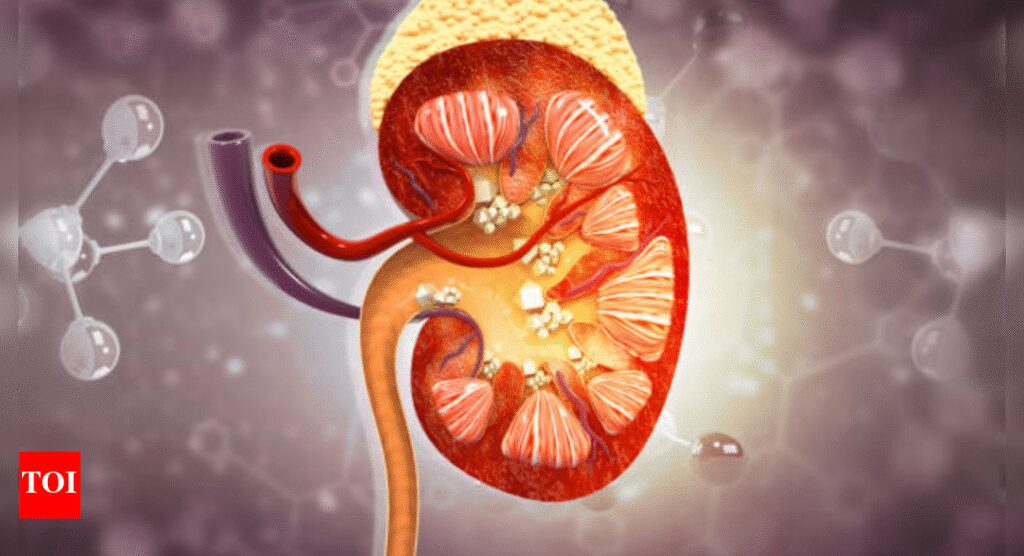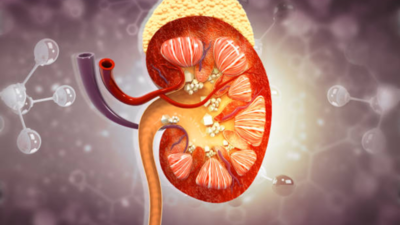With a recurrence rate going much above 50%, the condition of kidney stone, or nephrolithiasis in particular, is characterized by hard deposits formed in the kidneys. Depending on how big the deposits are, alongside taking into consideration where they are located, the symptoms can change from person to person. There exist multiple registered cases where the affected individual had a significant impact on their lives. Now, are acute invasive treatments the only solution for kidney stone management? While this might come off as a surprise, simple modifications, including basic lifestyle and dietary changes and increased water intake, can have much greater results if given enough priority.
Hydration – The foundation of prevention
Adequate fluid intake is the top priority for preventing kidney stones. There are high chances of accumulating stone-forming salts, including calcium oxalate, calcium phosphate, and uric acid, if there’s no proper hydration. An individual must make sure that they are taking enough water, but it is also necessary not to go overboard. The target is that you achieve at least 2 to 2.5 liters of urine output, and for this, a person must consume at least 3 liters of fluids a day. Again, variations can occur concerning the climate, activity level, and metabolic rate of the individual.While water is the most recommended choice of fluid, recent studies reveal citrus-based beverages to be much more effective, considering their ability to inhibit stone formation by dissolving calcium in the urine and therefore intercepting crystal aggregation. Not to mention, the affected individuals are recommended to stay away from consuming sugary beverages with high fructose and phosphoric acid content. Apart from that, reducing alcohol consumption can also be beneficial.
Dietary control: Evidence-based research
Calcium consumption
Conflicting to a general belief, it is not necessary that the patient must reduce his or her calcium intake. While there are certain restrictions, consumption of daily doses of calcium ranging from 1,000 to 2,000mg is recommended. With low dietary calcium showing chances of enhanced gut oxalate absorption, there is an increasing risk of calcium oxalate stones. Coming back to recommended calcium uptake, normal levels of calcium can be reserved from simple foods, including dairy products. If necessary, make sure that you take calcium supplements with meals to alleviate oxalate absorption.
Oxalate curtailment
It is better to reduce the consumption of high-oxalate foods, which include spinach, beetroot, nuts, and chocolates. With that being said, instead of a complete restriction, being moderate can be helpful. Another method is to combine high-oxalate foods with calcium-containing foods, reducing oxalate absorption in the gut.
Reduced sodium intake
Increased uptake of sodium shows enhanced chances of urinary calcium excretion and therefore increases the risk of kidney stone formation. In order to have a mindful control of sodium uptake, the patient must make sure that he or she stays away from processed foods and canned products, camouflaged as predominant sources of sodium.From a clinical standpoint, kidney stone management is much about dietary and lifestyle modifications rather than medical management. While these interventions might seem merely ancillary, it’s not always the case. In kidney stone management, such steps can often be superior, altering the route of its progression. Moreover, always make sure that you are achieving a daily output of 2 to 2.5 liters of urine alongside personalized dietary recommendations. Ultimately, it lies with how educated the individual is about their condition while keeping them with the preventive measures.Dr. Sreedhar Reddy, MBBS, MS (General Surgery), DNB (Urology), Apollo Spectra Hospital, Bangalore


